|
Over the past several months I had a guitar building student in my workshop. Scott did some of the work and some of it he watched me do. I did all of the machining. We spent about 51 hours on it together, by my count. After 3 hours of work on the french polish finish under my tutelage, Scott did the rest of the finishing on his own, then brought the guitar back for fret dressing, tuners installation, and for me to make the saddle and nut. He got a good guitar out of it.
Scott asked me to work through a flamenco guitar build with him. Here he is spoiling the mystique I've cultivated around bending guitar sides--he got it right the first time.
The wood I use for headplates on my guitars is important to me. I like a certain kind of grain patter that I feel gives excitement and gravitas to the appearance of my guitars. So I cut these pieces myself from larger boards. None of the wood parts of my guitars are purchased pre-made. I cut the Spanish cedar that I use for necks from boards that are 12 feet long by 4 inches thick (not shown). The boards shown here, which I earlier cut to the correct thickness, have been drying in my workshop for a few years. Below are shown a neck ready to be joined to the soundboard, back, and sides of a guitar, and one ready to be joined to the heel block/foot.
This guitar has a variation on a rosette I made a few guitars ago. All that remains is to make the nut and saddle and string it up.
|
AuthorEthan Deutsch, Luthier Archives
June 2024
|
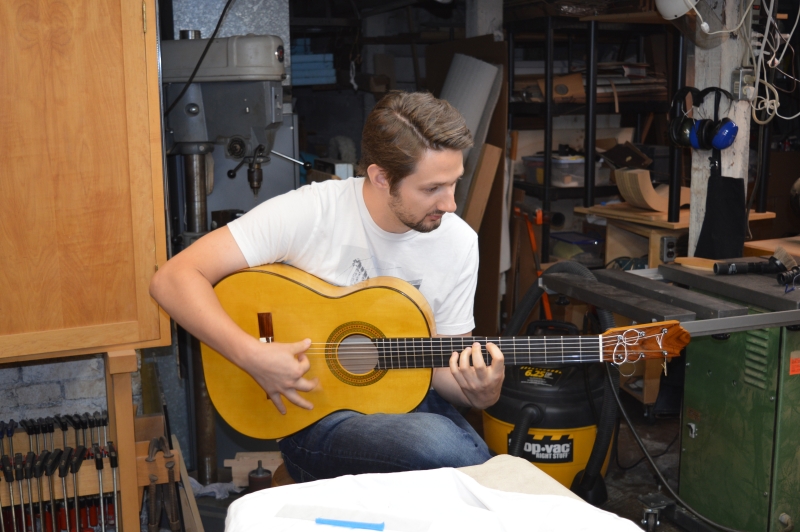
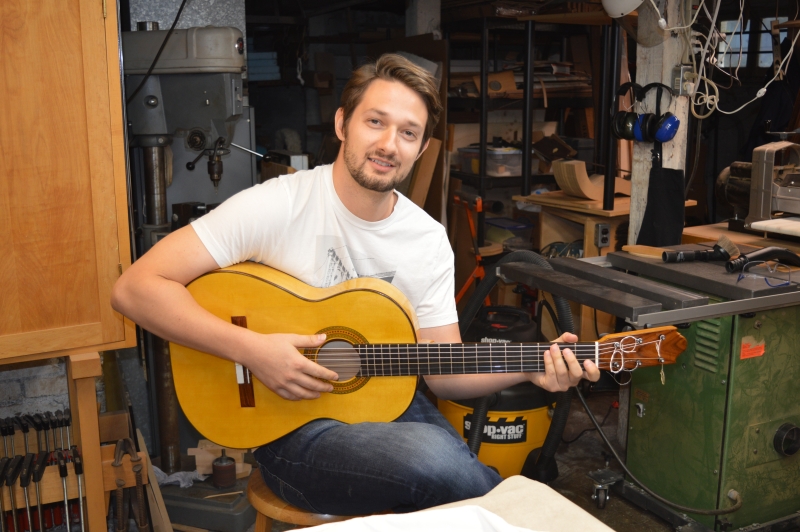
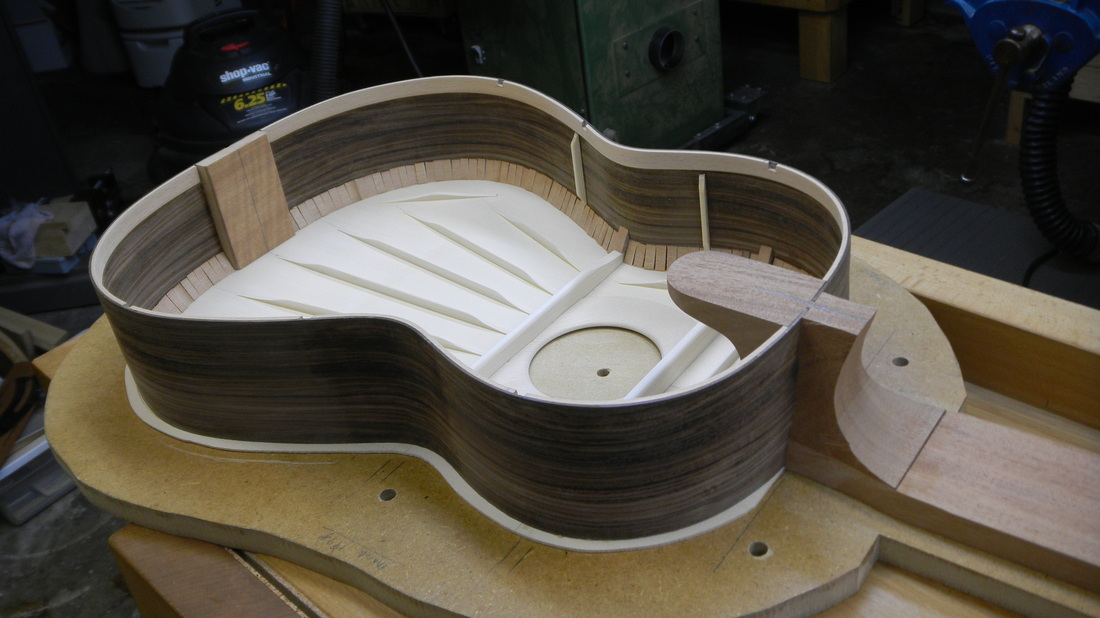
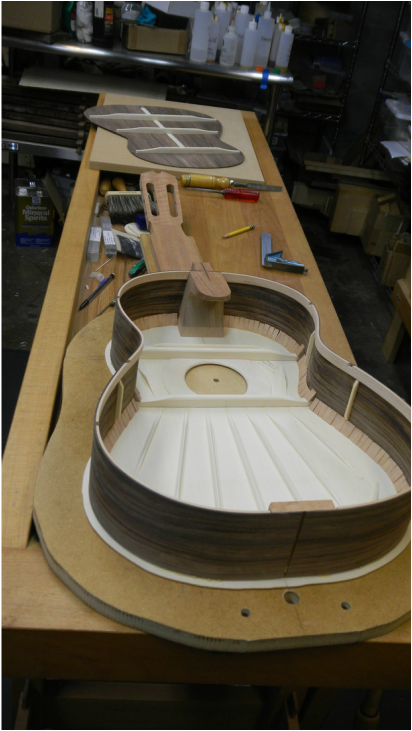
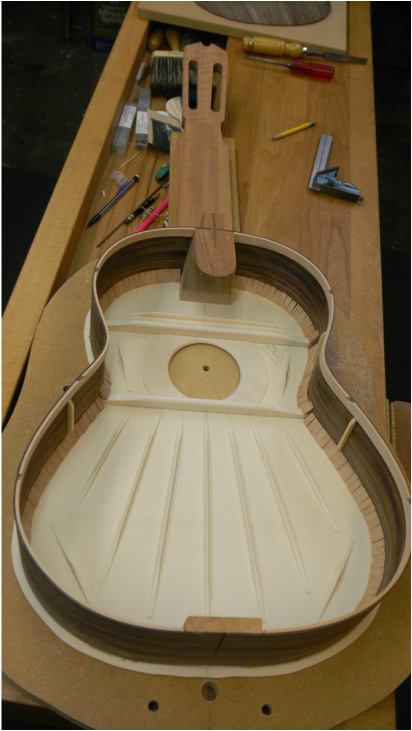
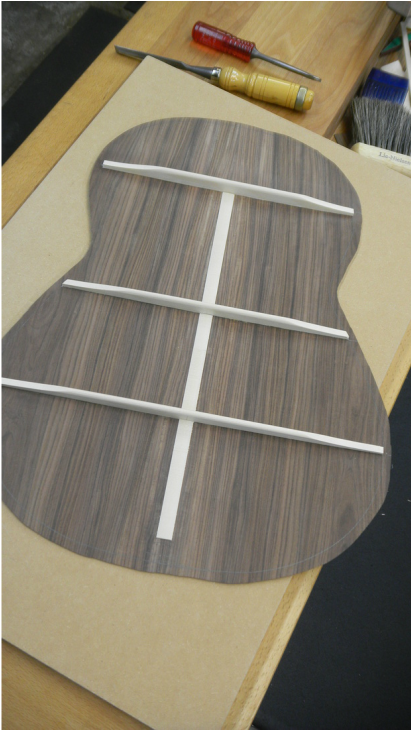
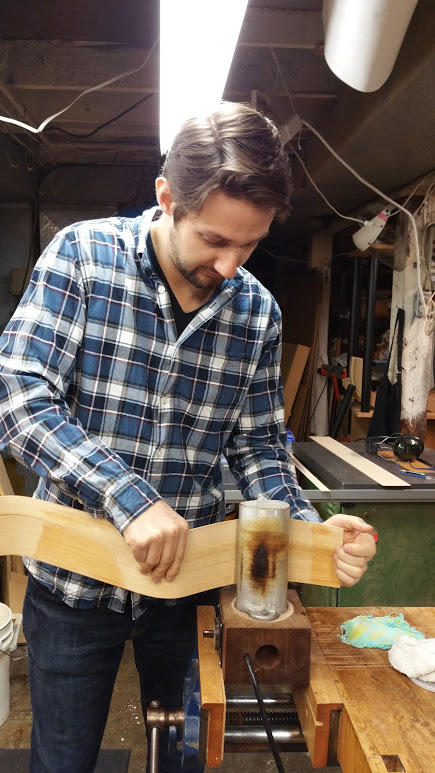
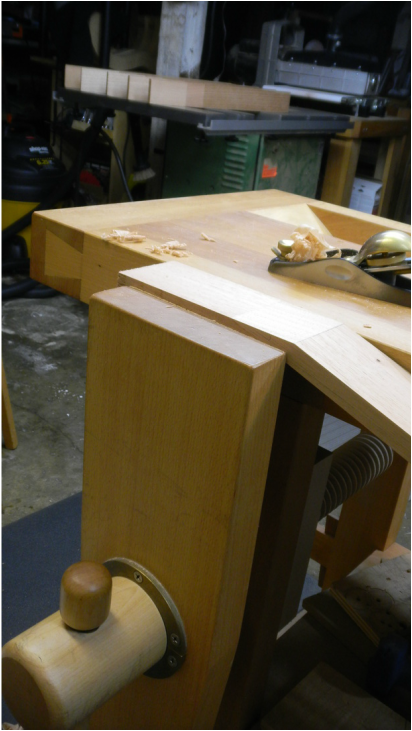
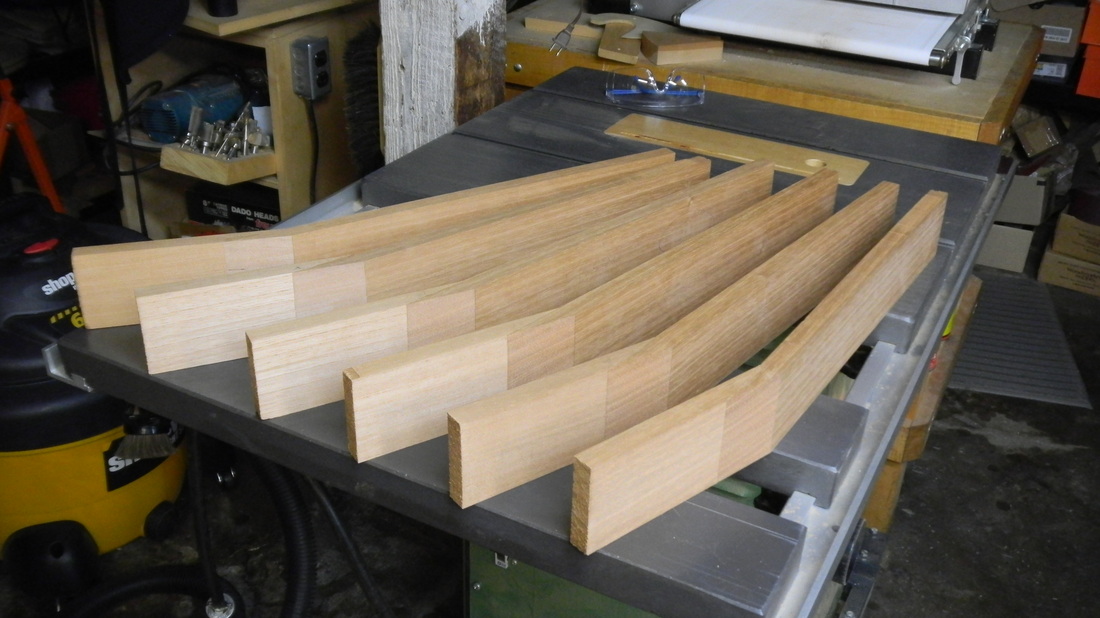
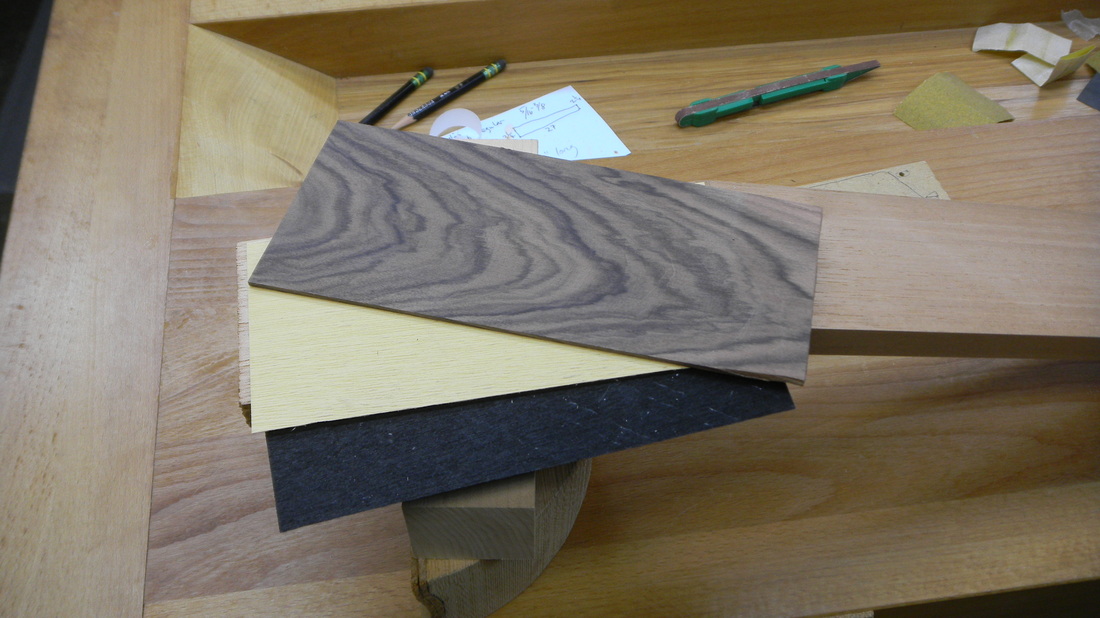
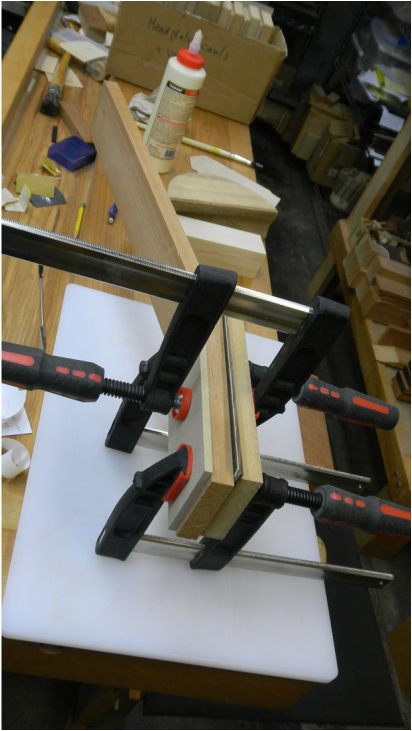
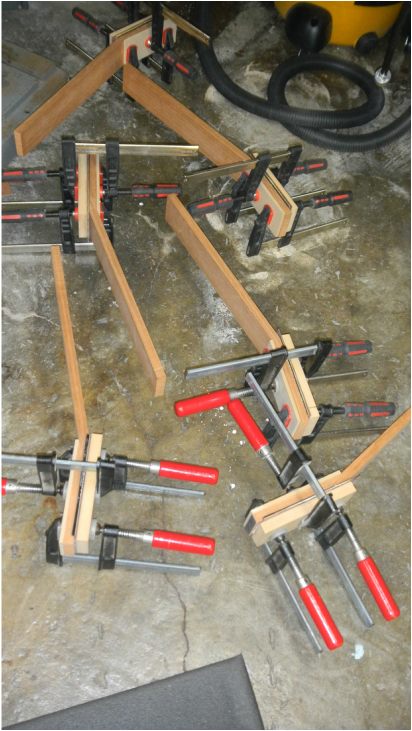
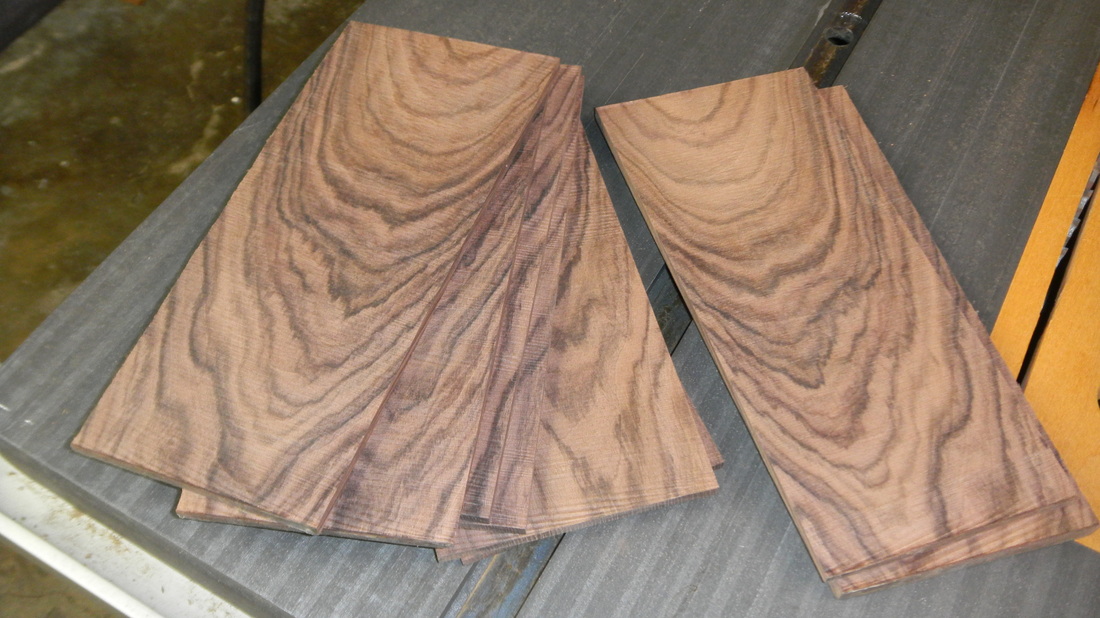
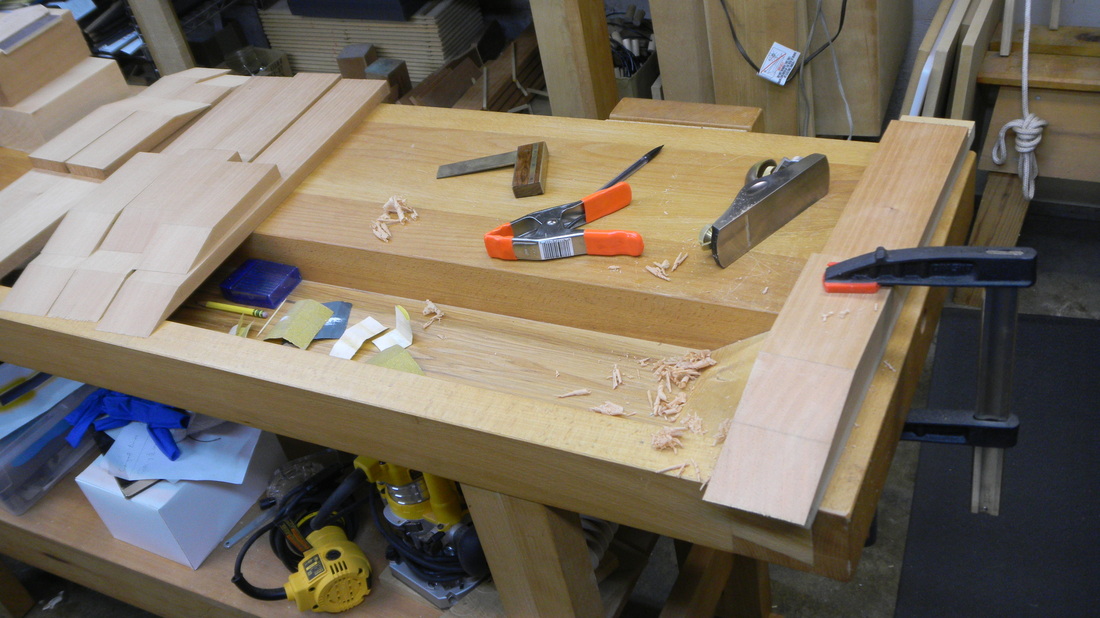
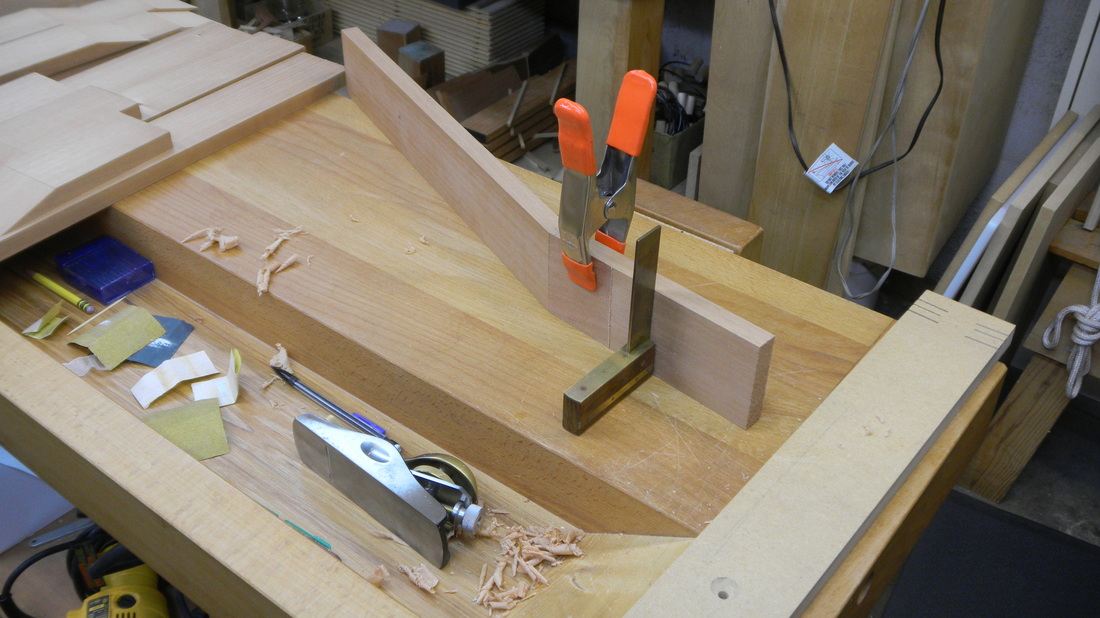
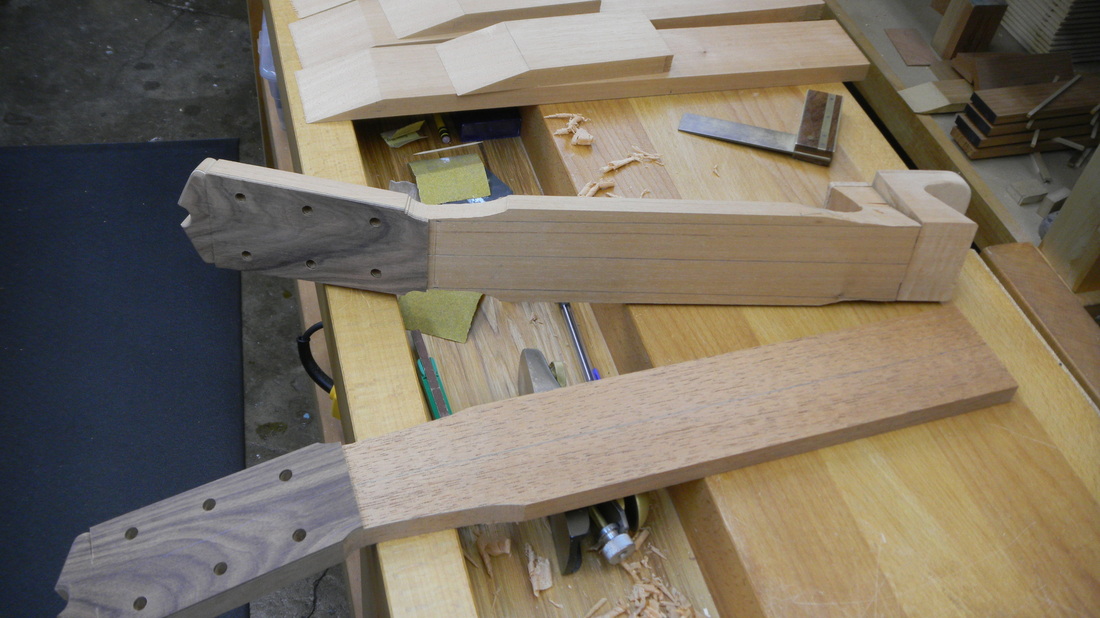
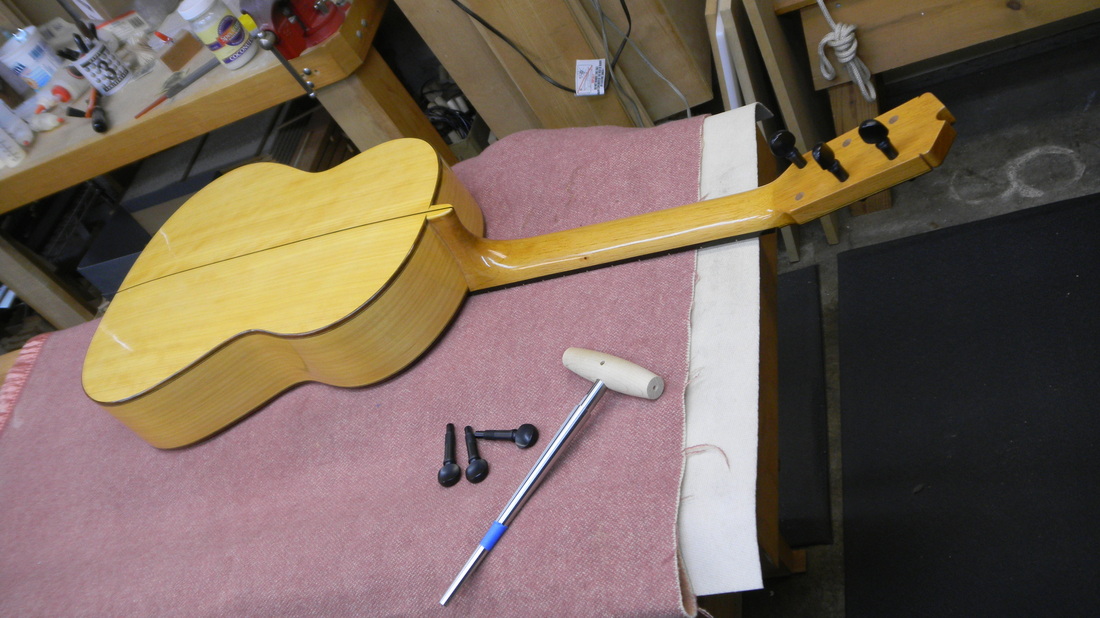
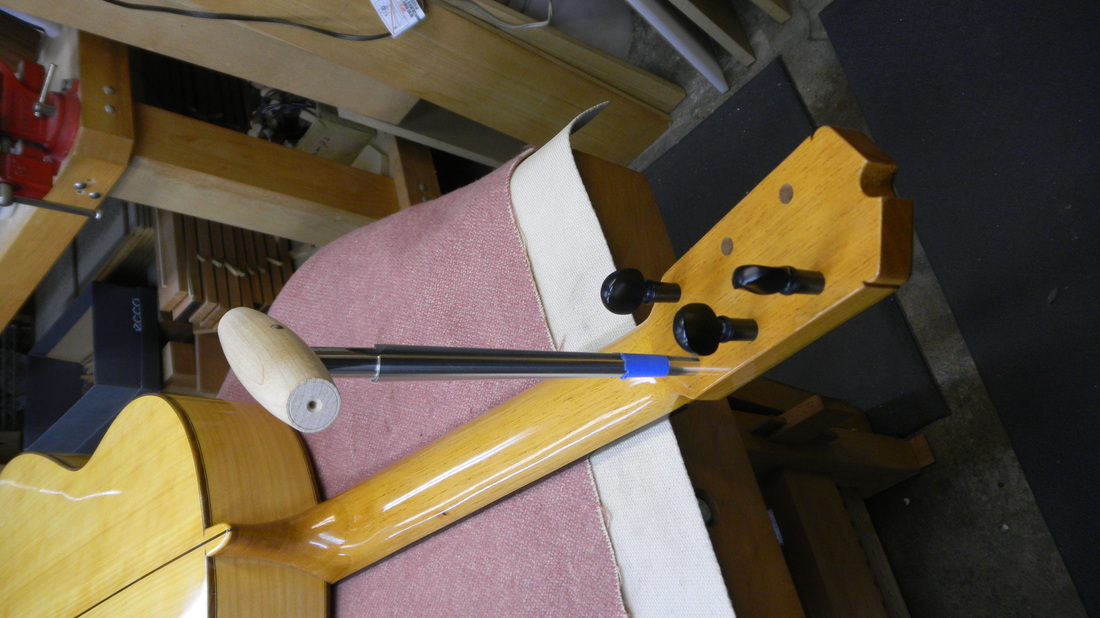
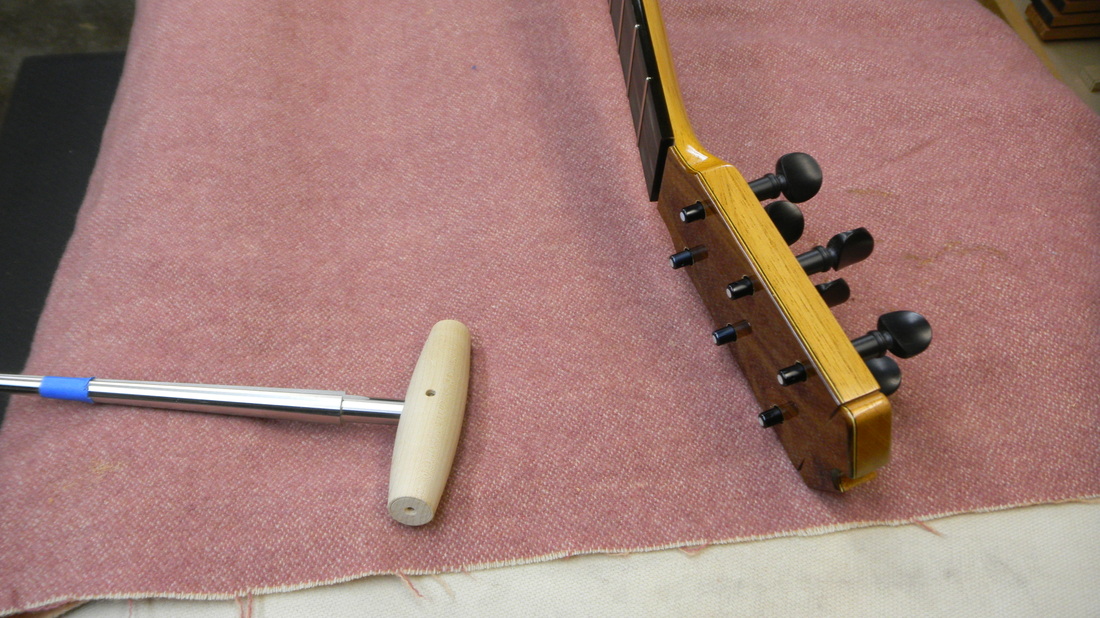
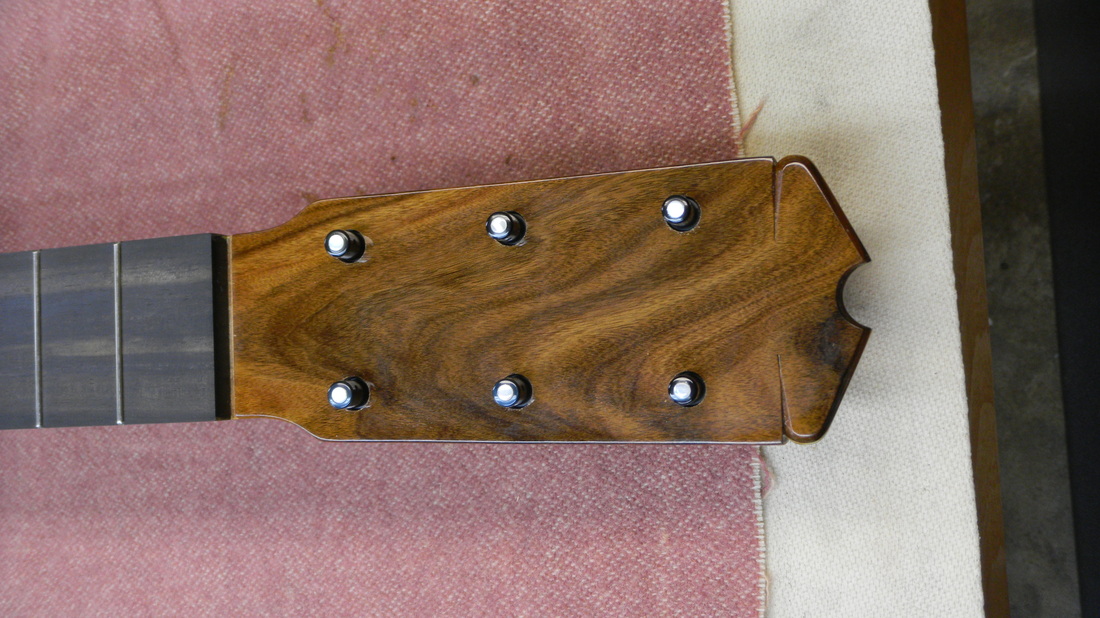
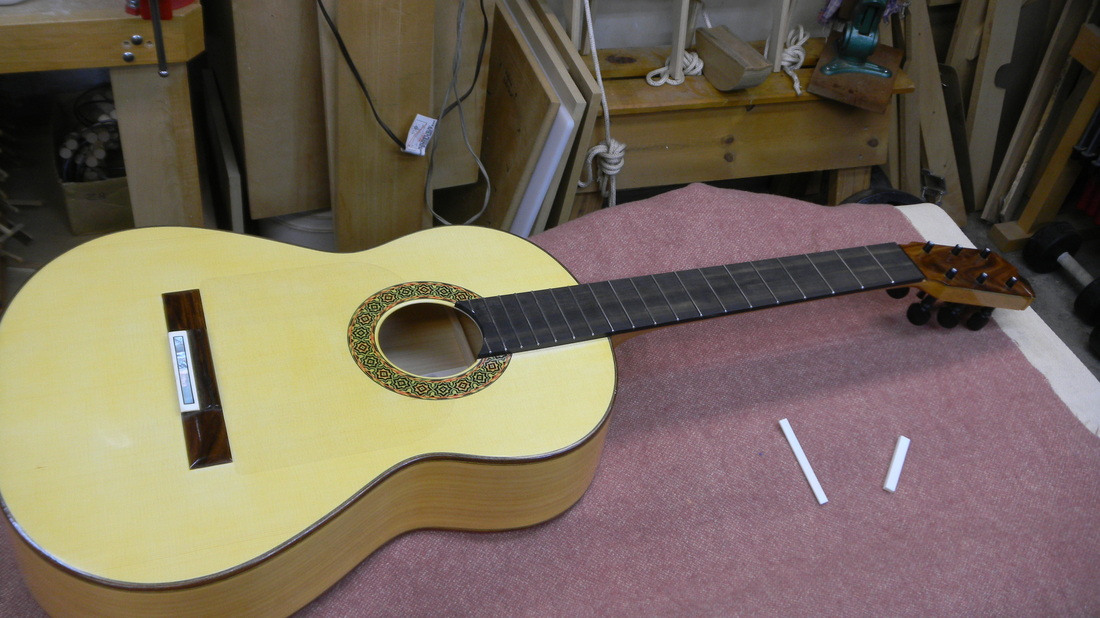
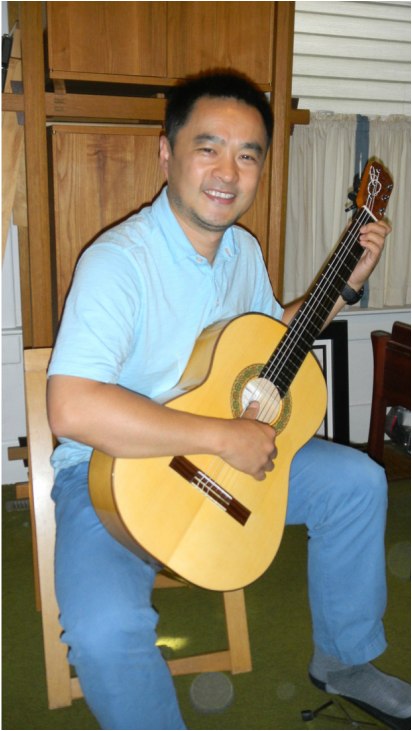
 RSS Feed
RSS Feed